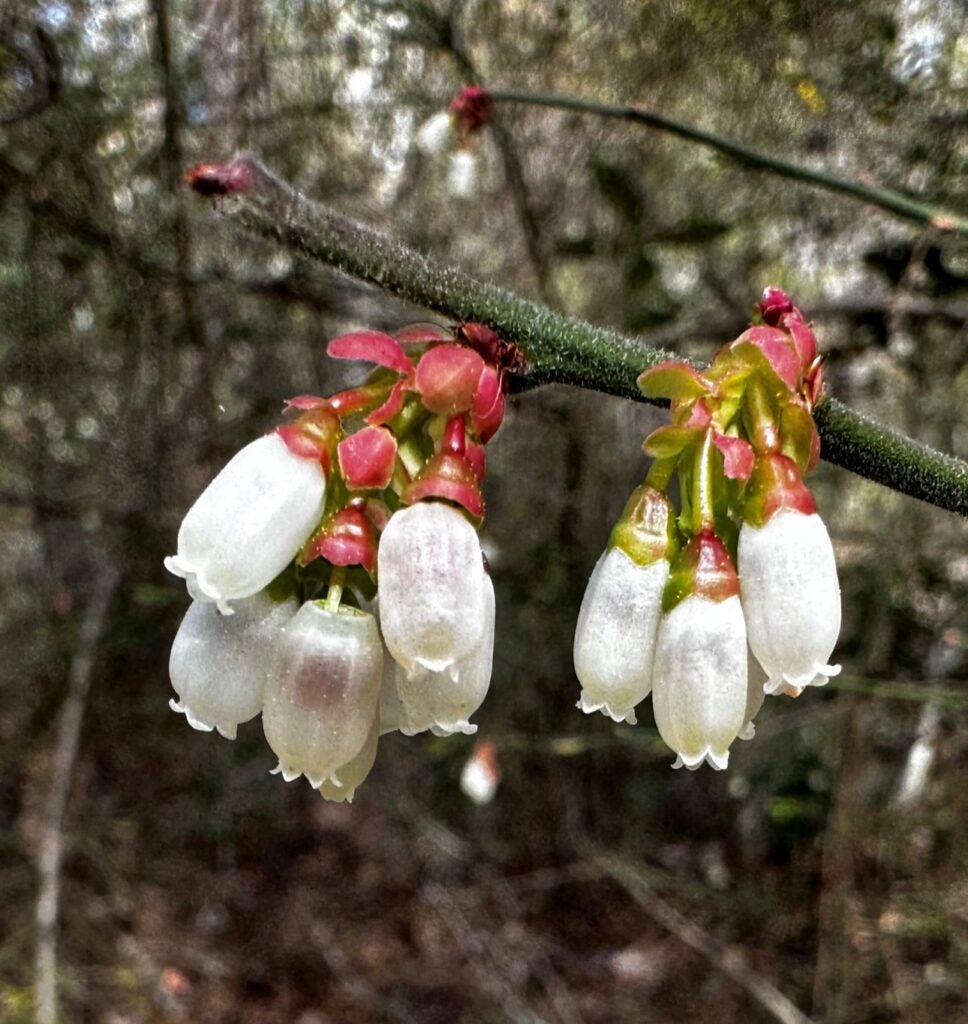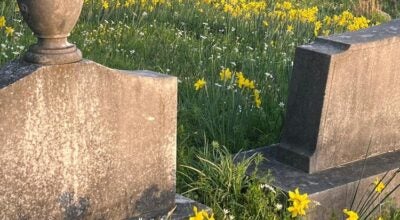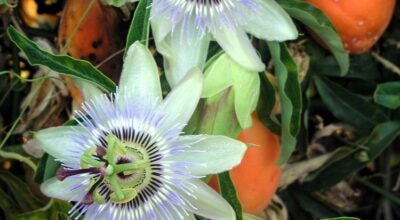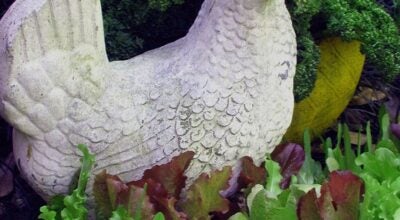Arboretum Paths: Mississippi’s native blooms – the show is beginning!
Published 12:09 pm Tuesday, February 20, 2024
By Pat Drackett
The Crosby Arboretum/MSU Extension Service
Have you seen the strands of gold that are woven into the roadside thickets and scrambling up the trunks of pine trees? Such a treasure can be found amongst the field grasses across Ridge Road from the Arboretum’s service entrance. Yes, the yellow flowers of Carolina jessamine (Gelsemium sempervirens) are just beginning to fall. I spotted a single bloom in the middle of a pathway Saturday, during our Arbor Day Plant Sale. Even one pale blossom will stand out in stark contrast to the muted tones of the winter landscape.
If you want a plant you can’t kill, unless you simply refuse to water it, grow Carolina jessamine. Once you learn to recognize the evergreen leaves of this vine, you may even come across a young seedling in a corner of your yard, “planted” by a local bird. Transplant these into containers or to other areas of your landscape and enjoy this low-maintenance, attractive plant.
Carolina jessamine can quickly cover a garden trellis or arbor. I remember summertime hammock-swinging in the cool shade of a pergola covered with a dense mass of the vine. In bloom, it was breathtaking. Before Hurricane Katrina, I admired a beautifully trimmed and elegant specimen that made its home on a lamppost near the front walk of a friend’s home, where it enjoyed a sweeping view of the Mississippi Sound.
Has your eye caught a wisp of white flowers through the bare trees in low-lying areas? If so, this could be the early flowers of a mayhaw tree (Crataegus opaca). We are currently awaiting the appearance of blooms on a large specimen at the Arboretum in the moist wooded buffer between our service road and the chain link fence of I-59. Mayhaw is found in low, moist areas such as swamps and the banks of streams and rivers, but they will also prosper when planted on higher sites having better drainage.
Mayhaws are in the Rose family. Look closely at the bloom and you’ll recognize the similarity to the flower of a blackberry, also in that family. Mayhaw is also related to parsley hawthorn (Crataegus marshalii). What do all three of these plants have in common? Thorns! So, steer clear of walkways when installing in your landscape! This tree is an old-time garden favorite as a flowering specimen, and for the fruit that makes a tasty jelly.
It’s a delight to hear the stories we are told by visitors about mayhaws such as days spent gathering the fruit as a child with their grandparents, then of observing the process of jelly-making, and ultimately culminating in the consumption of mass quantities of steaming hot biscuits loaded with real butter and mayhaw jelly.
Elliott’s blueberry (Vaccinium elliottii) is blooming now throughout the Arboretum, a native blueberry otherwise known as a “huckleberry.” Something about this plant stole my heart years ago. It is a delicate and lacy shrub with many tiny branches, diminutive leaves, and shell-pin flowers. This blueberry’s laciness brings to mind other delicate ornamental plants, such as baby’s breath, Spiraea, and Nandina. Its stems are a beautiful green, striking in a winter landscape. In fall, the leaves turn brilliant crimson. The petite bell-shaped flowers are exquisite when holding sparkly suspended water droplets after a rain event. Best of all, the berries are delicious, and perfect in pancakes, muffins, or for eating right off the bush!
Workshops are open for Pine Needle Basketmaking with Denine Jones Friday, February 23, and March 10. Members $20; non-members $25. A workshop sponsored by The Crosby Arboretum Foundation on “Native Plant Propagation: Theory and Practice” will be held Saturday, February 24 from 1:00 to 3:30 p.m. with professional native plant propagator Emily Driskill from Tanager Plants in Mars Hill, North Carolina. The cost is $30 for non-members and $25 for Arboretum members. Our current gallery exhibit is photography by Earl Spiece, “A Morning Walk”, on display through the end of February. Learn how to create a “fruit forest” with Dr. Eddie Smith, MSU Pearl River County Extension Agent, on Friday, March 1 from 10:00 to 11:00 p.m. on “Creating an Edible Legacy: Making Your Own Food Forest Garden.” The program is free for members and $6 for non-members.
To sign up, go to http://crosbyarboretum.msstate.edu/ and select “Events” to view the event calendar. Select your program to access the description and link to the registration page. For questions, call 601-799-2311, Ext. 0. The Arboretum is open Wednesday through Sunday from 9 a.m. to 5 p.m. (last admission at 4:00 p.m.) and located in Picayune at I-59 Exit 4, 370 Ridge Road. Leashed pets are welcome on our three miles of walking trails.






